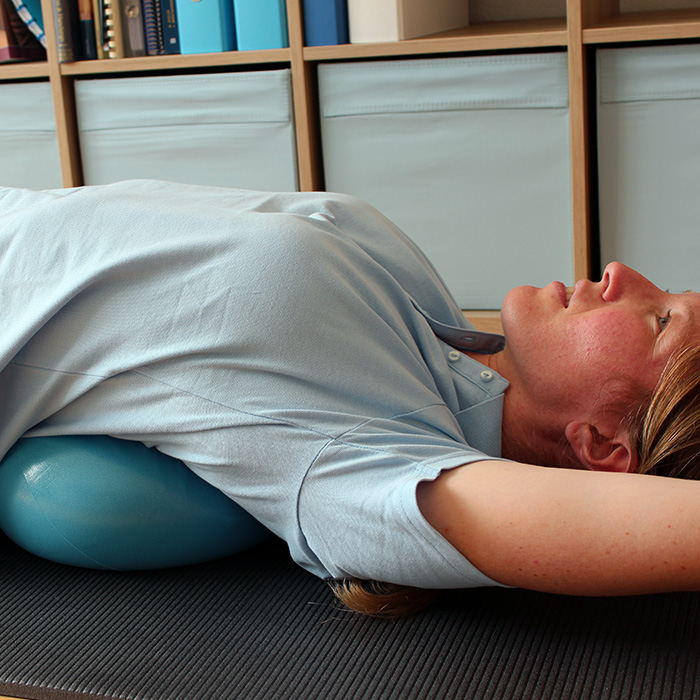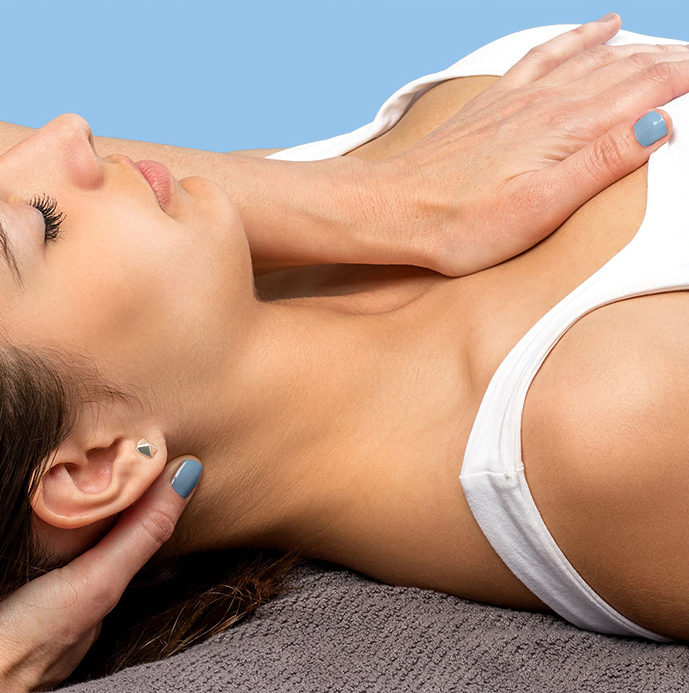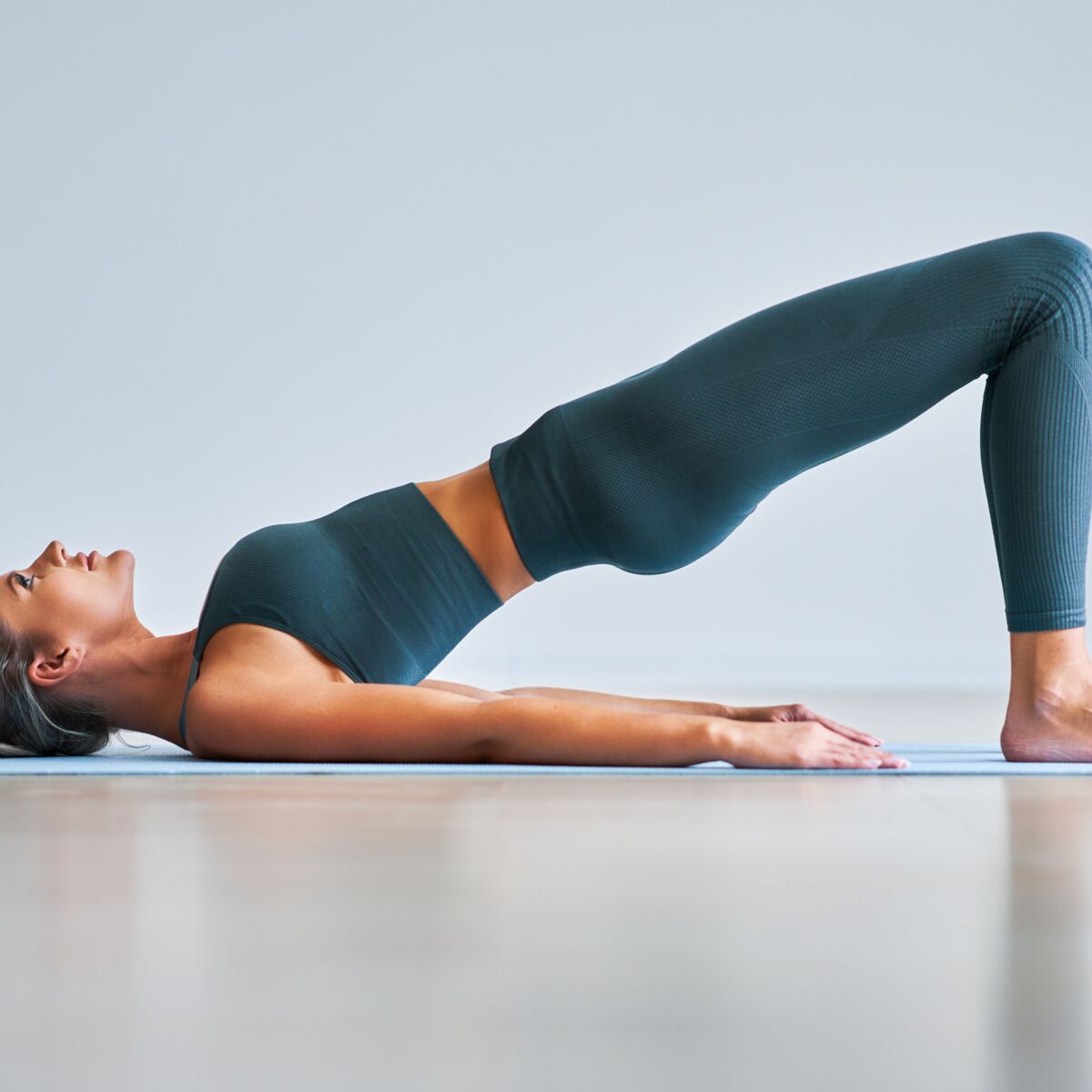"
Specialisation & physiotherapy
Physiological chains
of Busquet
The Busquet physiological chain method, also known as muscle and joint chains, is a therapeutic approach created by the French physiotherapist Léopold Busquet.
Based on the anatomy of the human body, this method provides an understanding of how the body works as a whole. It highlights the interdependence between bones, muscles and viscera, and the consequences of their imbalance on the body as a whole.
Busquet’s physiological chains method is based on exercises that harmonise the functioning of these different chains and rebalance the body. In particular, it can be used to treat muscular pain, postural problems and digestive disorders.
This method is suitable for anyone wishing to improve their physical condition and well-being, particularly athletes, people suffering from chronic pain or people who have suffered trauma.
In short, Busquet’s physiological chains method is a complete and effective approach to rebalancing the body and improving quality of life.

The Busquet Method

The Fascias
"
Specialisation & physiotherapy
The Fascias
Fascias are a very important connective tissue structure in the human body. Often overlooked or misunderstood, fascias play an essential role in maintaining posture, locomotion, organ protection and communication between the different parts of the body.
Fascias are membranes of connective tissue that cover all the muscles, bones and organs of the body, from the skull to the feet. They are made up of collagen and elastic fibres that allow them to deform and adapt to the body’s movements.
Fascia work involves ensuring communication between the different parts of the body by transmitting the forces and tensions produced during movement. The fascias are also very important for the diffusion of nutrients and waste products throughout the body.
Damage to the fascia can lead to pain, stiffness, contractures and impaired mobility. For this reason, manual therapies such as massage, fasciatherapy and myotherapy aim to relax the fascias and restore their proper function.
Working the fascias is therefore essential to the health and well-being of the human body. They are an essential element in understanding human physiology and biomechanics, and their importance should not be underestimated.
"
Specialisation & physiotherapy
The method
Pilates
The Pilates method is an approach to bodywork based on gentle, slow, controlled movements that enable the body’s deep muscles to be worked in depth. This method is particularly recommended as a complement to manual physiotherapy to strengthen the body and prevent muscle and joint pain. Pilates exercises help to develop flexibility, balance, coordination and muscular strength. They are also beneficial for improving posture and breathing. Combining manual physiotherapy and Pilates provides a complete and effective approach to rehabilitating the body and improving overall health.

The Pilates method

The Sohier method
"
Specialisation & physiotherapy
Concept
Sohier
The Sohier method is a manual treatment technique which involves treating muscular and joint pain by concentrating on points of tension. This method uses a gentle, progressive approach to improve blood and lymph circulation and stimulate the nervous and muscular systems. The Sohier method is suitable for all ages and can be used to treat a variety of health problems, such as back pain, headaches, muscle tension and chronic pain. It also improves posture, breathing and general quality of life.
